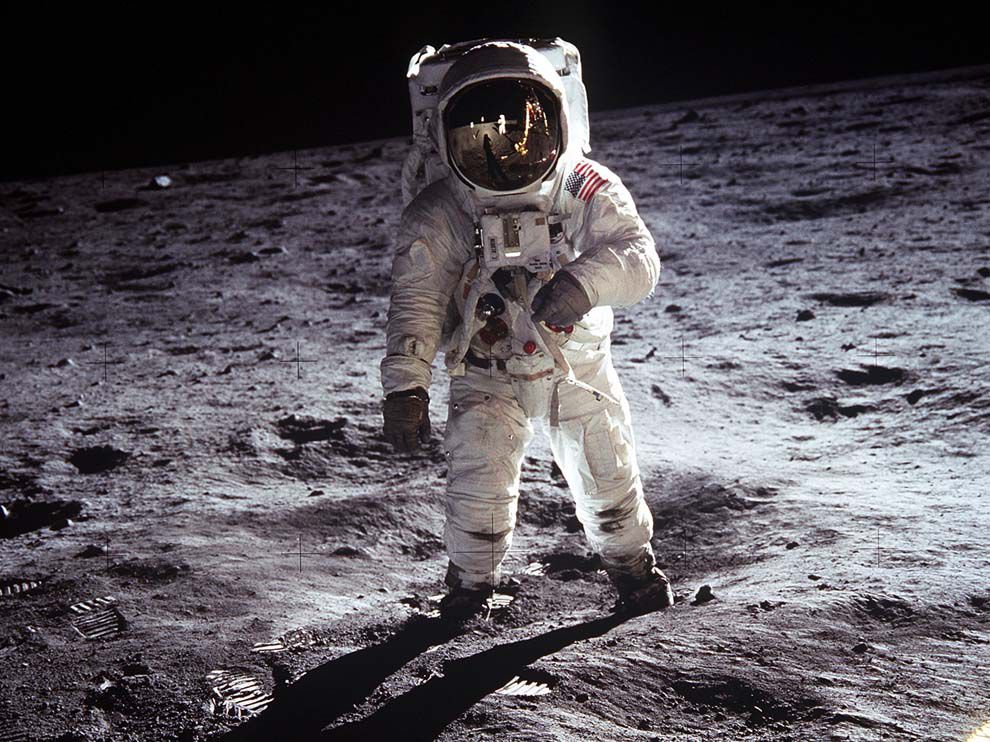A simple country kid from the Rolling Plains of Texas, I had the good fortune to witness firsthand the vision, power and technical complexity that took America to the moon — perhaps the preeminent technological accomplishment in human history.
I managed to graduate (with supremely ordinary grades) from The University of Texas in August 1958. I had spent three years in Civil Engineering and a year in Arts & Sciences, finally earning a degree in English. I held more than a dozen jobs in city government, heavy industry, the defense industry, freelance documentary television film writing, the maritime industry and the natural gas industry.
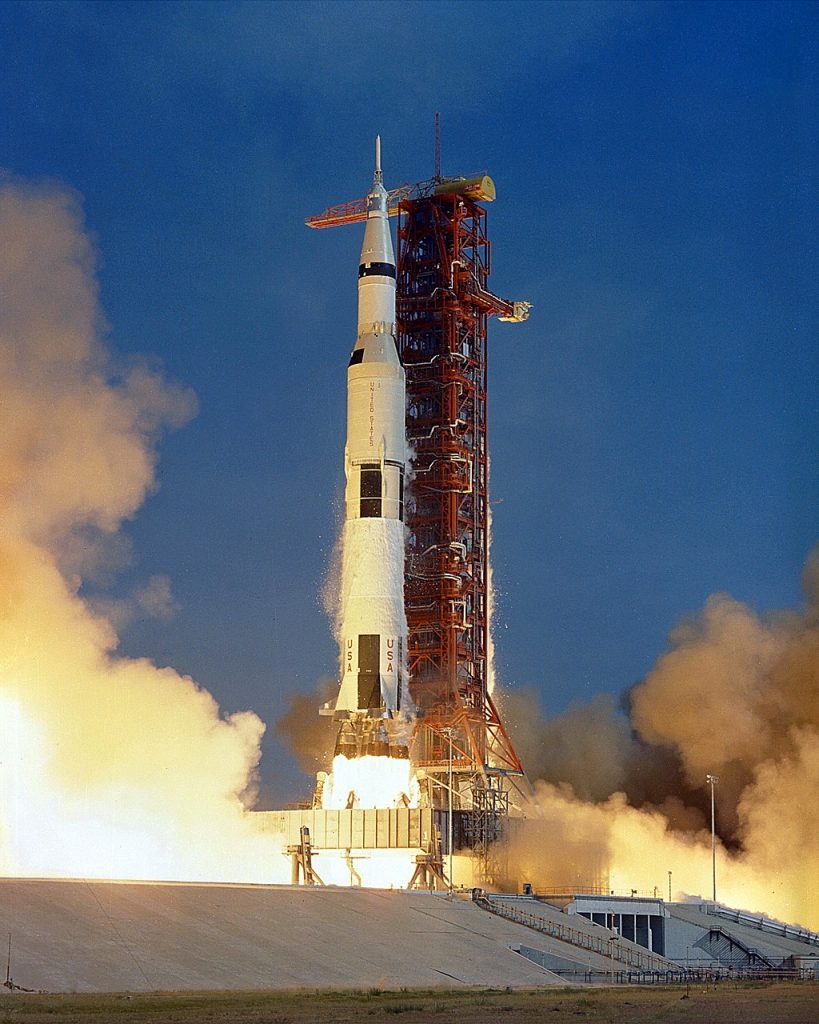
Perhaps most interestingly, I worked for the Gemini and Apollo manned spaceflight programs from 1963 to 1972, writing and producing documentary motion pictures for what is now NASA’s Lyndon B. Johnson Space Center.
Working primarily for a film production contractor, AV Corporation, I wrote and produced regular report films for NASA’s Office of Manned Space Flight in Washington, D. C., for use in Congressional committee briefings as well as Smithsonian public viewings and national television releases. After the first manned landing on the moon in July 1969, I also wrote and produced several films on lunar science.
The Vision
About four months before I joined the NASA program, President John F. Kennedy gave us the vision. In an address at Rice Stadium in Houston on Sept. 12, 1962, he outlined the challenge ahead:
“…if I were to say, my fellow citizens, that we shall send to the moon, 240,000 miles away from the control station in Houston, a giant rocket more than 300 feet tall, the length of this football field, made of new metal alloys, some of which have not yet been invented, capable of standing heat and stresses several times more than have ever been experienced, fitted together with a precision better than the finest watch, carrying all the equipment needed for propulsion, guidance, control, communications, food and survival, on an untried mission, to an unknown celestial body, and then return it safely to earth, re-entering the atmosphere at speeds of over 25,000 miles per hour, causing heat about half that of the temperature of the sun…and do all this, and do it right, and do it first before this decade is out — then we must be bold.”

The Power
Early on in the program, I traveled to Cape Kennedy, Florida, where the Apollo launch facilities were under construction. From a helicopter — hovering at a height the Apollo Vehicle Assembly Building (VAB) would reach when completed — I could see the city of Orlando, some 50 miles to the east. When fully assembled in the VAB, the Apollo Saturn V launch vehicle (which could carry a payload of 50 tons) and its spacecraft would stand 363 feet tall.
I returned to the Cape to witness the first Apollo Saturn rocket launch — an unmanned test flight — and rushed the documentary footage back to Houston so we could use it in a motion picture report. I was in a crowd assembled on metal bleachers located five miles from the launch pad, and from that far away, the ground shook so violently at ignition that the crowd could barely stand up.
In a trailer a short distance away, the famed CBS news anchor Walter Cronkite sat at his microphone reporting on the launch, a window immediately behind him giving his audience an over-the-shoulder view of the rocket. The vibrations caused that window to shake loose and fall in, hitting Cronkite in the back of the head, not injuring him seriously, but certainly startling him.
The Technical Complexity
An Apollo mission would begin on the launch pad at Cape Kennedy in Florida with the 363-foot long spacecraft and end in the Pacific Ocean more than a week later with the conical-shaped command module, some 11 feet in height and 13 feet in diameter – the beginning and end of a mission mind-numbing in its complexity.
As one measure of the complexity, Apollo’s onboard guidance computer development, centered primarily at the Massachusetts Institute of Technology, took “350 engineers the equivalent of 1,400 man-years to develop before the first Moon landing,” writes journalist David Szondy in his article, “Apollo’s brain: The computer that guided man to the Moon.” About the size of a carry-on suitcase, it comprised some 30,000 components.
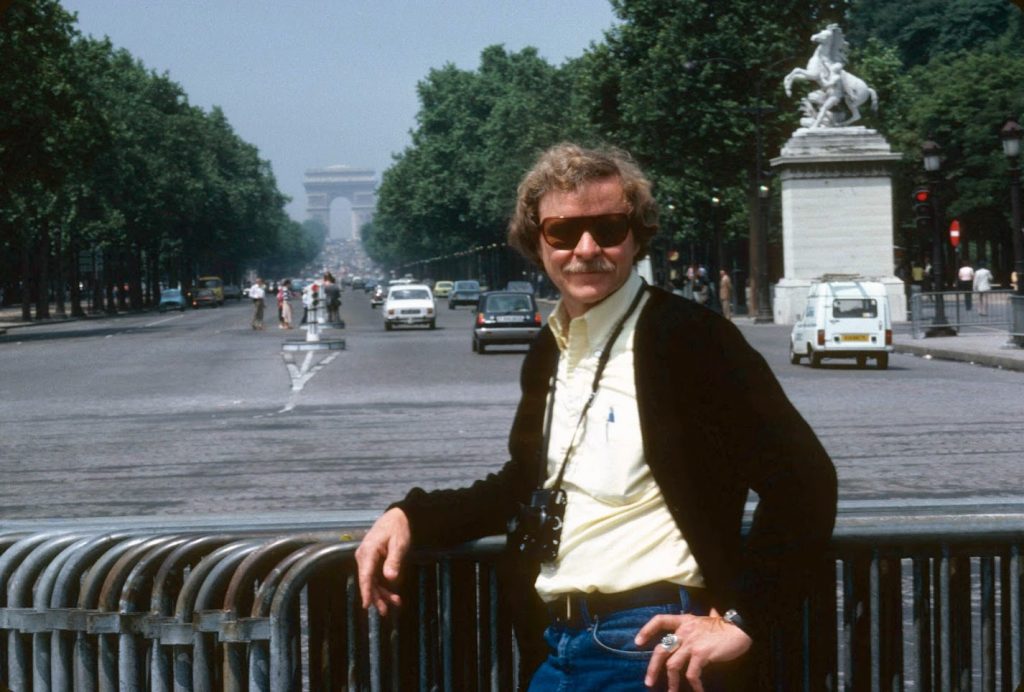
I remember a large room near the Johnson Space Center’s mission control filled with computers the size of refrigerators, with stacks of punch cards and reels of tape. Primitive by today’s standards, but as it turned out, astonishingly effective.
In yet another measure of Apollo’s intricacy, a worldwide complex of ground, sea and airborne tracking stations called the Manned Space Flight Network were designed to interact with systems on the Apollo spacecraft. The stations included ground facilities at Cape Kennedy, Grand Bahama Islands, Grand Turk Island, Bermuda, Antigua, Canary Islands, Ascension, Madrid, Carnarvon, Guam, Canberra, Hawaii, Goldstone, Guaymas and Corpus Christi as well as ships located in the Atlantic, Indian and Pacific Oceans and eight modified C-135 jets strategically placed around the world.
Apollo tracking was so precise, in fact, that when NASA put unmanned satellites in lunar orbit more than a half century ago, the photographs and data they used in selecting manned landing sites — tracking data received on Earth from nearly a quarter of a million miles away — showed unexpected orbital deviations of no more than a few meters. That deviation led to the realization that the dark patches we can see on the Moon are lava flows, or mass concentrations (“mascons”), which have higher density and therefore fractionally greater gravitational attraction than the surrounding and lighter-colored lunar plains — enough to slightly warp the unmanned satellite orbits. That led to significant adjustments in the planned Apollo flight paths.
The Greatest Tragedy, The Greatest Joy
It was on the launch pad at Cape Canaveral, on January 27, 1967, that tragedy struck the Apollo program. During a flight simulation, a spark from an unknown source ignited the pure oxygen atmosphere in the crew quarters of the Apollo 1 command module, taking the lives of three astronauts – Virgil “Gus” Grissom, Ed White and Roger Chaffee – within a matter of seconds. Flight controllers could hear the three men screaming as technicians rushed to the Command Module, desperately trying, at great risk to themselves, to open the hatches. Joseph Shea — “one of the greatest systems engineers of our time,” George Mueller called him – had played a key role in the development of the Apollo spacecraft. In the wake of the tragedy, Shea suffered such emotional devastation that he felt compelled to resign his position.
I remember using the word “tragedy” to describe the event in my script for the following program film report. The Office of Manned Spaceflight in Washington rejected the word, directing me, in effect, to soft-peddle what had happened. I found that difficult.
That moment in the Apollo program did, however, serve a purpose. It drove home the complexity and the risk of lunar flights. It forced a reset in engineering and operational attitudes, design reviews, manufacturing and assembly, and personal responsibility. It set in place the organizational and personal character we needed across our nation to reach the moon.
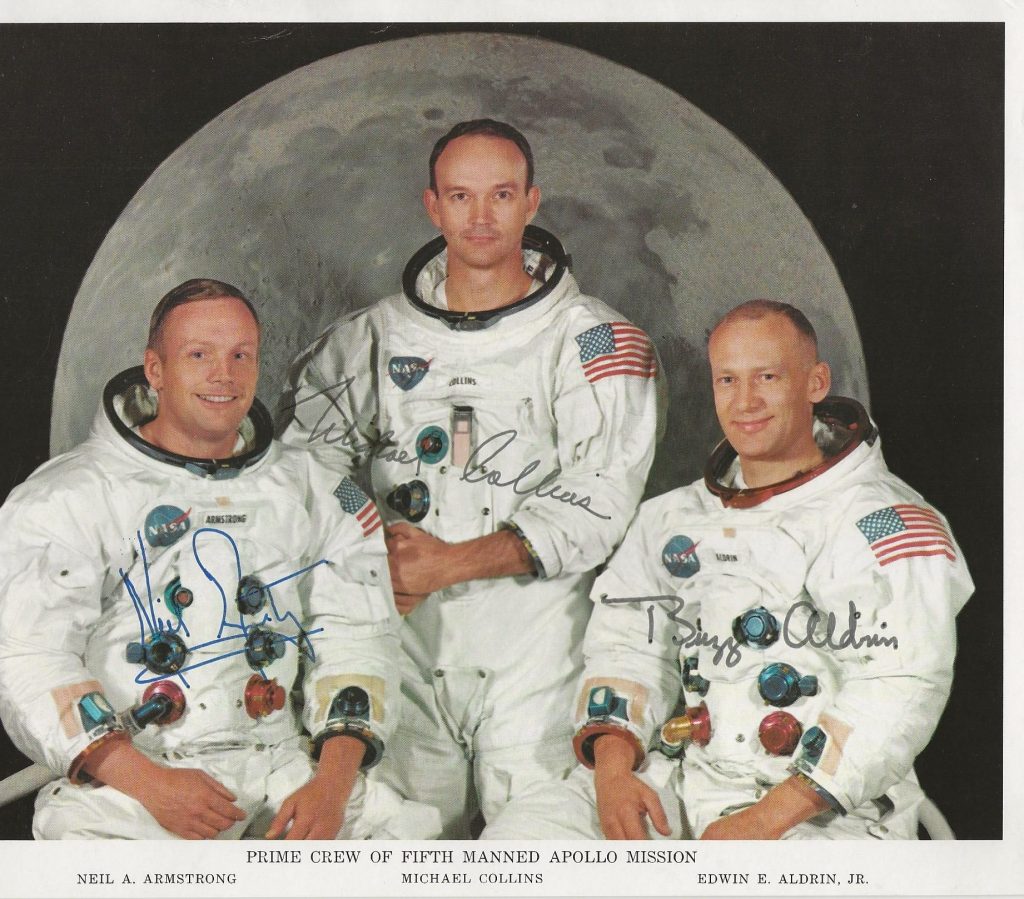
Some two-and-half years after the disaster, Apollo 11 — with astronauts Neil Armstrong, Michael Collins and Buzz Aldrin in the command module — splashed down safely in the Pacific Ocean southwest of Hawaii. The Johnson Space Center erupted in celebration.
Flight controllers stood, raising their arms, cheering, embracing. We had fulfilled the vision, developed the technology, synthesized incredibly diversified talents and personalities, and fulfilled Kennedy’s dream. Many, including those of us in the AV Corporation, left their offices for the nearest clubs for a celebratory beer or wine.
Not long after that, Joan Archer Aldrin, Buzz Aldrin’s wife, came to our AV Corporation offices, not far from the Johnson Space Center, to film a statement for a picture under production by another of our writer/producers. Several of us chatted with her for a few moments, recalling Kennedy’s vision and challenge that September day in Houston in 1962.
When she turned to enter the studio for the filming, she said, over her shoulder, “We did it! By golly, we did it!”
* * * * * * * * * * * * * * * * * * * * * * * * * * * * * * * * * * * * * * * * * * * *
People Along the Way
The vision, the power and the complexity embedded in the Apollo space and ground hardware became a symbol, in my mind, of the skills and teamwork of the widely diversified people who came together to implement humankind’s first flights to the moon — an insight, if you will, into the capability of the human species.
Just a few examples of those I met, some very briefly, along the way:
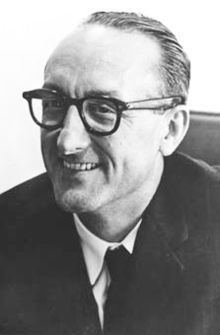
George E. Mueller, the director and a guiding light of the manned space flight program during the Gemini and Apollo programs, played an instrumental role in fulfilling John F. Kennedy’s vision. I met Mueller once, when I took a report film to the Office of Manned Space Flight in Washington for him and others to review. When the screening ended, Mueller said, “That’s a nice movie, but it’s not what I had in mind,” for a planned briefing before a Congressional committee. As usual, I had covered various events for the report period. He wanted, instead, a report on the overall progress of the Apollo space vehicle manufacturing, which was taking place across the country. “Filling the Pipeline” he wanted to name the film. This meant that I had to rush back to Houston, where production associates and I worked deep into the nights for several days to meet the new deadline. Thank goodness we made it!
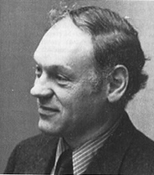
Paul W. Gast, head of Planetary and Earth Sciences at the Johnson Space Center, pioneered methods for dating lunar materials, lunar rock and rare earth analysis for assessing the moon’s origin and structure, and lunar and earth trace element comparisons for analyzing volcanic fluid origins. He helped scientists reach the understanding that the most ancient rocks we know on earth — about 3.5 billion years old — are about the same age as the youngest rocks returned by Apollo astronauts from the lunar surface. I worked with Dr. Gast in the development of a script for a film on lunar science. Incredibly patient, he guided me through the labyrinth of his studies so I could understand and present it visually on the screen.
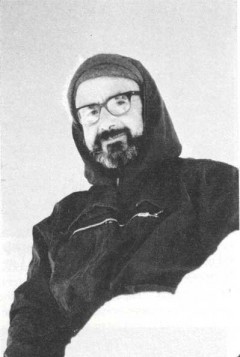
Wolf V. Vishniac, chairman of the Department of Biology and associate director of the Space Science Center at the University of Rochester, played an instrumental role in developing the procedures for quarantining and handling lunar samples and temporarily isolating Apollo crews after the return from lunar missions. He also served as a lead investigator in unmanned landings of spacecraft on the planet Mars.
With other scientists, Vishniac helped define possible fundamental laws of biology, much like Sir Isaac Newton defined fundamental laws of motion. He once told me, for instance, that any life system must comprise not a single species, but a number of species. In a system with only a single species, that species’ nutritional source would eventually be depleted. He also pointed out that a life system must have a common energy source and an energy sink to flow through and energize the collective life system. On earth, the sun serves as our life system’s energy source and space as our energy sink.
I spent several days one February with Vishniac in Rochester, working on a script for a film about extraterrestrial biology. We walked his dog one snowy night, then had coffee at his home with his wife Helen, an emeritus professor of microbiology. He told me that his family had left Russia in 1922 to escape Russian pogroms, a long and violent persecution of the Jews in that country. The Vishniacs fled south to, of all places, Germany, with Wolf born en route. Vishniac’s father would become an internationally famous photographer who eventually fled Germany with his family for the United States, this time to escape the Holocaust.
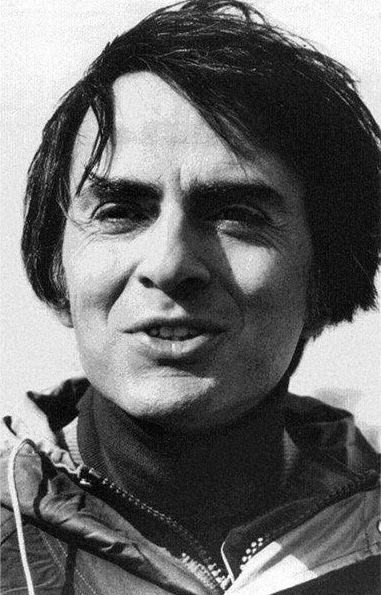
Carl Sagan, perhaps the most famous of all the scientists involved with Apollo, gave voice to Kennedy’s vision and to manned space flight’s promise. Bruce Alberts, president of the National Academy of Sciences, said that Sagan, “…more than any contemporary scientist I can think of, knew what it takes to stir passion with the public when it comes to the wonder and importance of science.” In a conversation I had with Paul Gast, he seemed puzzled by Sagan’s recognition, suggesting that he “does very little science.”
As a full professor at Cornell University, science advisor to NASA, prolific and prize-winning author of books and papers and articles, star of the TV series Cosmos: A Personal Voyage, Sagan had what the Spanish would call duende, or a kind of super charisma.
Sagan also had a monumental ego. When he walked into our AV Corporation offices for the first time, he held up a script written by another writer/producer in our company. “This is the most shallow, pretentious thing I’ve ever read,” he said, practically shouting to the whole office. Since I wasn’t involved with that script, I can’t recall how that episode ended.
During a visit to Cornell to talk to Sagan about a script for a science film I was working on, I jokingly referred to Sagan’s field — cosmology, the study of the universe — as “cosmetology,” thinking that the similarity of two words with such disparate meanings was amusing. Sagan, however, was not amused. He and I simply did not get along. Partly as a consequence of our clash, our science film project never reached its full potential.
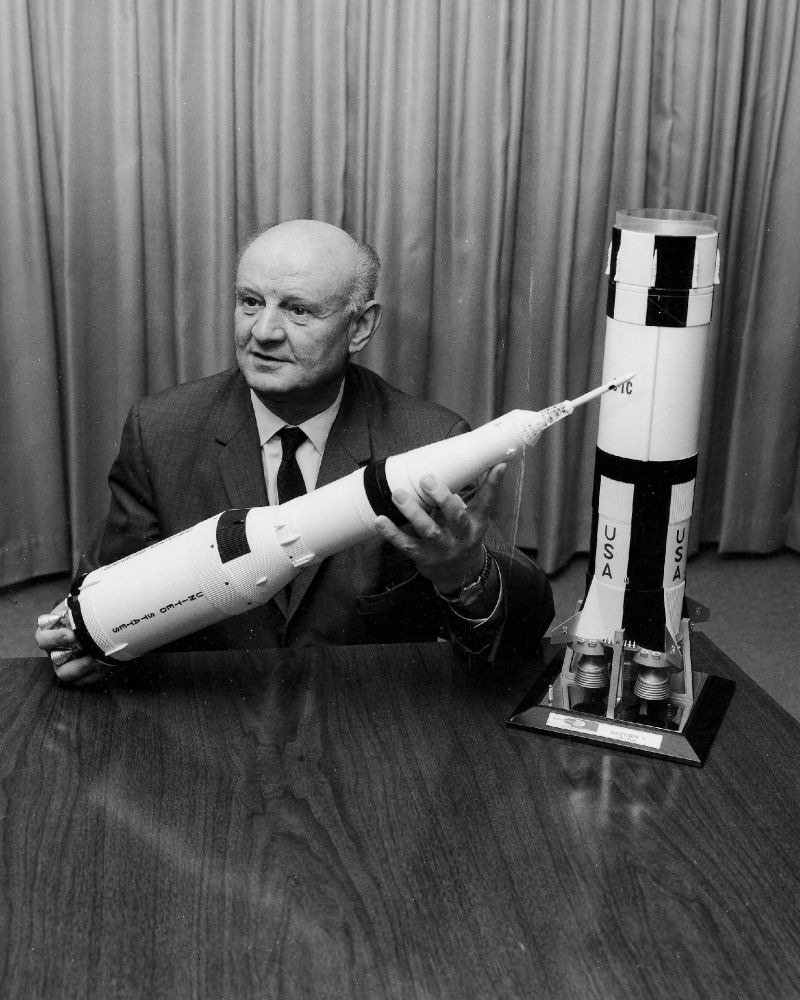
Arthur Rudolph had no more than a basic education in his home country of Germany, yet he had an obsession and a genius with rocketry. As a member of the fabled Wernher von Braun’s rocket team, he would play a key role in Germany’s development of the V-2 – the world’s first long-range guided ballistic missile. Later he was also key to America’s development of the Pershing — a solid-fueled two-stage ballistic missile with a nuclear warhead — and to the development of the most powerful rocket ever built, Apollo’s Saturn launch vehicle.
Around 1961, before I joined the manned spaceflight program, I met Rudolph at Redstone Arsenal, located near Huntsville, Alabama, where he served as project manager for development of the Pershing Missile System. Writing and producing documentary motion pictures at the time for the contractor that developed and built the Pershing, I was at Redstone Arsenal to film a sequence with Rudolph. While the crew set up cameras, lighting, the microphone and equipment to shoot the sequence, Rudolph and I sat on the sidelines and he told me about his days in Peenemünde and other sites in Germany where he had a leading role in the development of the V-2 missile.
He told me, for instance, about a cameraman assigned down range from a launch site for a V-2 test flight. The cameraman’s objective was to document the early stages of the flight. After numerous delays, the cameraman’s mind wandered. He became engrossed with the German countryside, and began using his film to shoot the magnificent scenery. When the V-2 finally launched, the cameraman had run out of film, entirely missing his assigned coverage.
Rudolph told me about coming to the United States with von Braun and more than 100 other German rocket scientists to work on American missile projects. Assigned first to White Sands in New Mexico, he recalled how he could see the outline of desert dust on his pillow after a night’s sleep. He also described a flight test gone wrong, when the launched missile turned south instead of north, flying across the border with Mexico and into Juarez, where it impacted (symbolically, perhaps) in a cemetery.
What Rudolph did not tell me was that when in Germany, he had belonged to the Nazi Party. In his work, he facilitated the construction and launch of more than 3,000 V-2 rockets, killing and wounding many thousands and spreading destruction across Western Europe and the United Kingdom.
Editor’s Note: After leaving NASA in 1973, Jay Sharp worked in the maritime industry, responsible for crew training and safety in a fleet of nine tankers. He later worked in the natural gas industry before retiring in 1996 to Las Cruces, New Mexico, where he and his wife, Martha, have lived ever since. After retirement Sharp sold more than 400 articles to various publications and a book — Texas Unexplained — to Texas Parks & Wildlife. Sharp says “this work was the closest thing I ever had to a steady job.”
